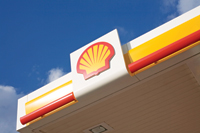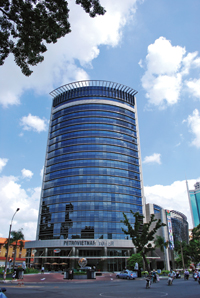
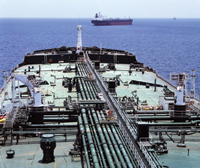 Kuwait is brining in more LNG for the summer months
Kuwait is brining in more LNG for the summer months
THE new executives brought in to manage Kuwait’s oil and gas sector over the past five months have devoted most of their attention to getting delayed oil projects off the ground. Less time has been spent on stalled gas developments, even though these could prove the biggest headache for state-owned Kuwait Petroleum Corp. (KPC) over the next few years, top officials say.
Kuwait now produces around 1.5 billion cubic feet per day (15.5 billion cubic metres per year) of gas, of which 90 per cent is associated with oil production. The plan had been to double output by 2020, courtesy largely of two big new developments. But both face significant delays, meaning the country will likely have to rely heavily on LNG imports to meet domestic power demand through 2020 and beyond.
The bulk of the increase is slated to come from the Jurassic nonassociated gas project in northern Kuwait, which Royal Dutch Shell was brought in to help develop. But this is in a state of flux after local contractor Kharafi National, which won a $1.5 billion contract in 2010 to build second-phase facilities, was unable to obtain development funding from local banks.
Phase 2 had been scheduled to boost output from 150 million cubic feet per day to 600 mmcfd by mid-2013, but construction has yet to start. The construction contract is set to be retendered next year, according to top officials at KPC subsidiary Kuwait Oil Co (KOC). A complete retender could delay completion of Phase 2 until 2019, says a KOC source closely involved in the project, and create more uncertainty over Phase 3, slated to hoist overall Jurassic production to 1 bcfd by 2020.
The second major project is joint development of the Dorra field, in the offshore portion of the Neutral Zone shared with Saudi Arabia, which is thought to hold 25 trillion-30 trillion cubic feet of resources. The Neutral Zone now produces 500,000 barrels per day of crude oil, but just 180 mmcfd of associated gas, according to KPC subsidiary Kuwait Gulf Oil Co (KGOC), which represents Kuwait’s interests in the partitioned area. All Neutral Zone production is split evenly between the two Opec producers.
KGOC and its Saudi partner, Aramco Gulf Operations Co. (AGOC), started drilling at Dorra in 2011 with the goal of producing 600 mmcfd by 2014 and 1 bcfd by 2020. But drilling has halted amid a dispute between Kuwait and Saudi Arabia over where the gas should be split. “The Dorra gas project is currently on hold,” KGOC chief executive Ali Al Shammari says, and neither side is committing to a new timetable. “We are working to resolve outstanding issues and help the project move forward,” he says.
With both giant projects in trouble, Kuwait intends to hike LNG imports to meet growing domestic demand. It began importing LNG in 2009 and now brings in around 500 mmcfd during the seven months from April to October when power demand for air conditioning peaks.
“We will continue like this for at least the next five years,” says Nabil Bourisly, KPC’s managing director for international marketing, “but consumption will increase very much after 2020,” at which point imports will start year-round.
With its existing five-year LNG import deals with Royal Dutch Shell and Vitol expiring at the end of October, KPC is now securing supplies for the next five years. “We are evaluating offers and need at least two months to finalise this,” Bourisly says. “By December, we will be ready, so we can start importing by April.”





















































































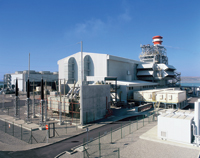
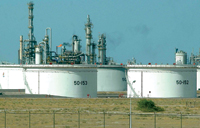
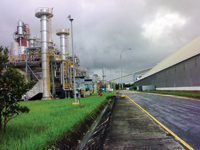
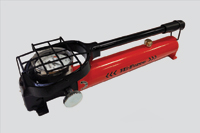
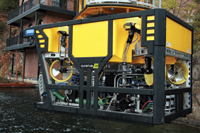
.jpg)
